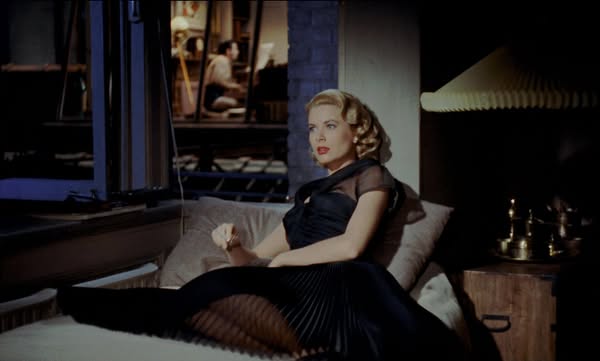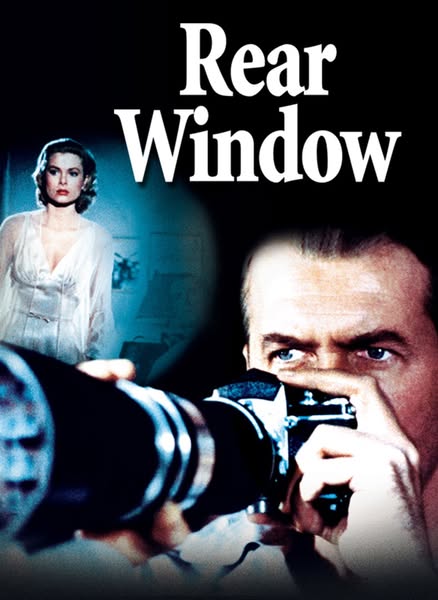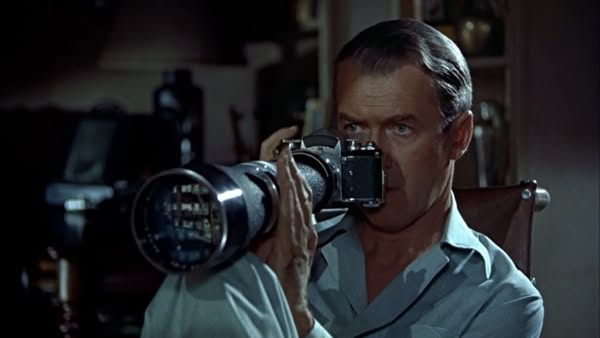Rear Window (1954)

Rear Window is a 1954 thriller directed by Alfred Hitchcock, widely regarded as one of the master filmmaker’s finest works. The film stars James Stewart as L.B. Jeffries, a professional photographer who is confined to his apartment with a broken leg. As he recuperates, he becomes increasingly fascinated by the lives of his neighbors across the courtyard, leading him into a web of intrigue and suspense.
The narrative unfolds primarily from Jeffries’ perspective as he observes the various residents of his apartment complex. Each neighbor has their own quirks and stories, but Jeffries becomes particularly fixated on one man, Lars Thorwald (Raymond Burr), whom he suspects of murdering his wife. As Jeffries shares his observations with his girlfriend, Lisa Fremont (Grace Kelly), and his nurse, Stella (Thelma Ritter), he becomes more convinced of Thorwald’s guilt, leading them to investigate further.

Hitchcock masterfully builds tension throughout the film, using the confined setting to create a sense of claustrophobia and voyeurism. The perspective from Jeffries’ apartment allows the audience to engage in the act of watching alongside him, blurring the lines between observer and participant. This theme of voyeurism is central to the film, raising questions about morality, privacy, and the human instinct to spy on others.
James Stewart delivers a compelling performance, capturing Jeffries’ mix of curiosity and paranoia. Grace Kelly shines as Lisa, embodying sophistication and charm, while also challenging Jeffries’ reluctance to embrace a deeper relationship. Their dynamic adds emotional depth to the story, highlighting the tension between Jeffries’ desire for adventure and Lisa’s yearning for commitment.

The film’s cinematography, led by Robert Burks, is striking, utilizing innovative camera angles and framing to enhance the storytelling. Hitchcock’s careful composition of each shot contributes to the film’s suspense, drawing viewers into the meticulously crafted world of Jeffries’ apartment. The use of sound also plays a pivotal role, with ambient noises from the courtyard creating a rich, immersive experience that heightens the tension.
Rear Window explores themes of isolation, obsession, and the complexity of human relationships. As Jeffries becomes more entangled in his suspicions, the film raises questions about the nature of truth and the lengths to which one might go to uncover it. The climax builds to a thrilling confrontation that underscores the risks of voyeurism and the consequences of unchecked curiosity.

Upon its release, Rear Window received critical acclaim and has since been recognized as one of Hitchcock’s most influential films. It has been analyzed and celebrated for its innovative storytelling and psychological depth, solidifying its place in cinematic history.
In conclusion, Rear Window is a masterclass in suspense and storytelling, showcasing Alfred Hitchcock’s genius in crafting a gripping narrative. With its compelling performances, striking visuals, and thought-provoking themes, the film remains a timeless classic that continues to captivate audiences, inviting them to ponder the complexities of observation and human nature.











